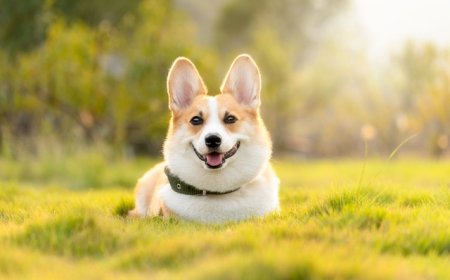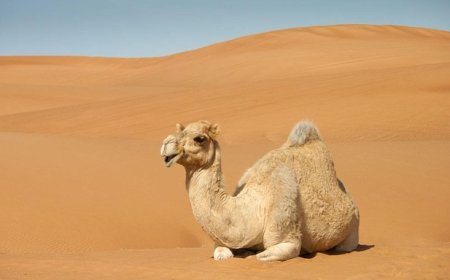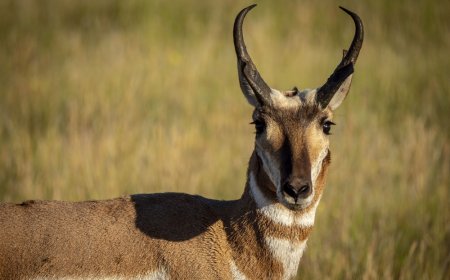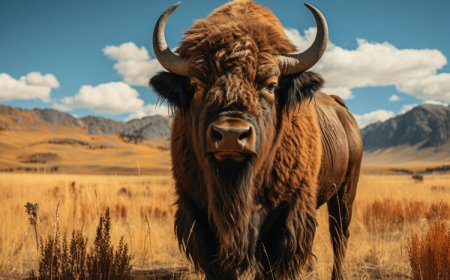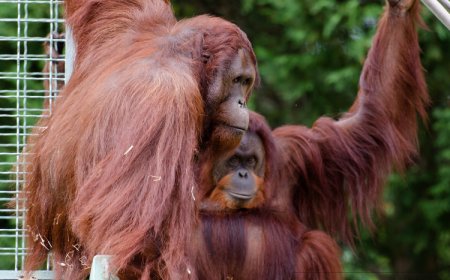Wildebeest for Kids: Fun Facts, Great Migration, and Amazing Herds
Discover wildebeest in this kid-friendly guide. Learn about their migration, habitats, and why these African animals are so important.
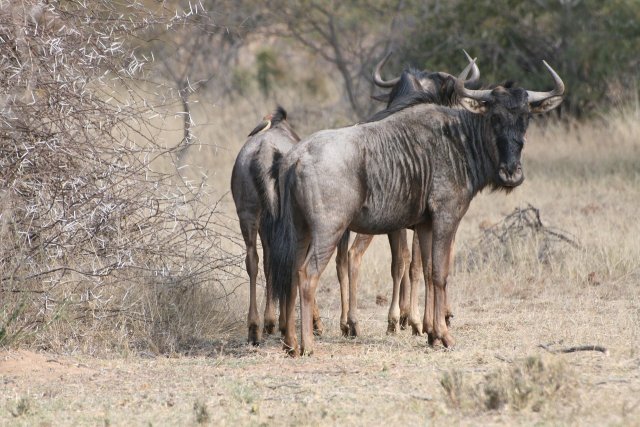
🦓🐃 Wildebeest: The Great Travelers of Africa
🌼 Introduction
Wildebeest are large, strong animals known for their massive migrations across African grasslands. Sometimes called gnus (pronounced “news”), wildebeest travel in herds of thousands to find fresh grass and water. These amazing journeys are one of the world’s greatest wildlife spectacles.
In this article, you’ll learn what wildebeest are, how they live, why they migrate, and how they help their ecosystems.
🧬 Classification and Scientific Background
Wildebeest belong to the antelope family and are closely related to cattle and goats.
Scientific Classification:
- Kingdom: Animalia
- Phylum: Chordata
- Class: Mammalia
- Order: Artiodactyla
- Family: Bovidae
- Genus: Connochaetes
There are two species of wildebeest:
- Blue Wildebeest (Connochaetes taurinus) – the most common.
- Black Wildebeest (Connochaetes gnou) – found mainly in South Africa.
🦓 What Do Wildebeest Look Like?
Wildebeest have bodies that look part cow, part horse, and part antelope.
Features:
- Large heads with curved horns on both males and females.
- Shaggy manes and long tails.
- Blue-gray or brownish fur.
- Weigh between 260–600 pounds (120–270 kg).
- About 4 feet (1.2 m) tall at the shoulder.
🌍 Where Do Wildebeest Live?
Wildebeest live mainly in Eastern and Southern Africa, in places such as:
- Serengeti Plains (Tanzania)
- Masai Mara (Kenya)
- South African grasslands
They prefer savannas and open woodlands where there is plenty of grass.
🌿 What Do Wildebeest Eat?
Wildebeest are herbivores, which means they eat plants.
Diet:
- Fresh grasses (their main food).
- Sometimes leaves and herbs during the dry season.
- They need to drink water almost every day.
🦒 The Great Migration
Every year, about 1.5 million wildebeest take part in the Great Migration, one of the largest animal movements on Earth.
Why do they migrate?
- To find new grass and water.
- To follow the rains across the Serengeti and Masai Mara.
When does it happen?
- Starts in May or June when grass dries up.
- Herds move north, crossing rivers filled with crocodiles.
- Return south by November when rains return.
This journey can cover up to 1,000 miles (1,600 km).
🛡️ How Do Wildebeest Stay Safe?
Wildebeest must watch out for many predators, including:
- Lions
- Cheetahs
- Hyenas
- Crocodiles
They protect themselves by:
- Staying in large herds for safety.
- Running fast (up to 50 mph!).
- Having calves that can stand and run within minutes of birth.
🌍 Why Are Wildebeest Important?
Wildebeest help ecosystems by:
- Grazing grass, which allows new plants to grow.
- Providing food for predators.
- Dropping dung that fertilizes the soil.
Without wildebeest migrations, the savanna would look very different.
🛑 Threats to Wildebeest
Even though they are not endangered, wildebeest face threats like:
- Fences blocking migration routes.
- Habitat loss from farms and roads.
- Poaching for meat and hides.
- Droughts and climate change.
🌱 How Can We Help?
We can help wildebeest by:
- Protecting migration corridors.
- Supporting wildlife conservation programs.
- Learning more about African wildlife.
- Reducing pollution that affects their habitats.
✨ Interesting Facts About Wildebeest
- Wildebeest calves can run within five minutes of birth.
- The Great Migration includes zebras and gazelles traveling together.
- Wildebeest are also called gnus.
- They have excellent hearing and smell.
- A herd can have over one million animals.
- Their horns can grow up to 2 feet (60 cm) long.
- The name “wildebeest” means “wild beast” in Dutch and Afrikaans.
📝 Kid-Friendly Summary
Wildebeest are large animals that live in African grasslands. They travel in huge herds every year to find fresh grass and water. This migration is one of the biggest animal movements on Earth. Wildebeest help the environment by grazing and feeding other animals. Even though they face dangers from predators and people, they are an important part of Africa’s savanna.
🧠 Vocabulary Words
| Word | Definition |
|---|---|
| Wildebeest | A large African antelope known for migrating in huge herds. |
| Herbivore | An animal that eats only plants. |
| Migration | Traveling from one place to another each year. |
| Predator | An animal that hunts and eats other animals. |
| Savanna | A grassy area with scattered trees. |
| Drought | A long time with little or no rain. |
| Calf | A baby wildebeest or cow. |
| Conservation | Protecting animals and nature. |
| Ecosystem | A community of living things and their environment. |
| Poaching | Illegal hunting of animals. |


















































